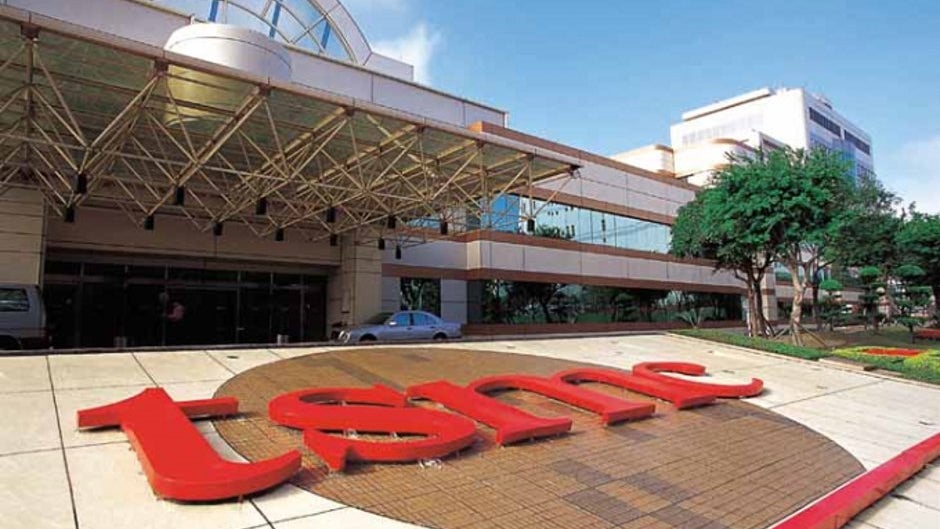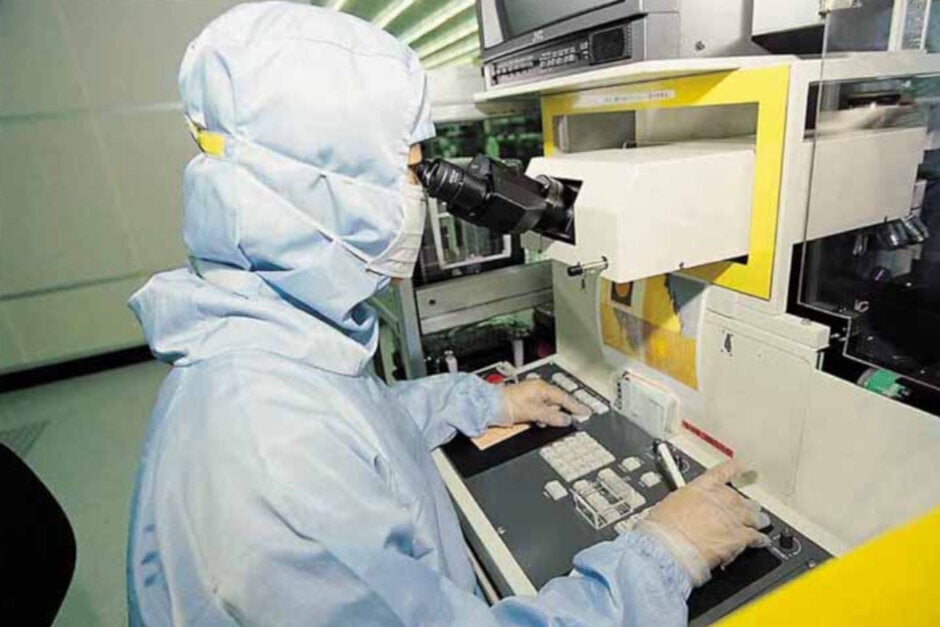TSMC marketing chief says to expect more and more powerful phones for the foreseeable future

Based on an observation by Intel co-founder Gordon Moore back in the 1960's, Moore's Law states that the number of transistors inside an integrated circuit doubles every other year. Originally, the "Law" called for the transistor count to double every year. With companies like TSMC and Samsung churning out 7nm process chips and working on 5nm production for next year, there is a question about how much longer Moore's Law has to run. Last year, Samsung revealed a roadmap taking it to 3nm chips by 2022 and TSMC is also working out the logistics so it too can produce 3nm chips in a few years.
The reason why this is important is that the more transistors that fit inside an IC, the more powerful and energy efficient a chip is. For example, the Apple A4 SoC used inside 2010's Apple iPhone 4 and the original Apple iPad were manufactured using the 45nm process. That compares to the 7nm process used to produce the A12 Bionic SoC used on the 2018 iPhone series. Want to blow your mind? The 5nm chips rolling off of the assembly lines next year will have 171.3 million transistors per square millimeter.
TSMC says that Moore's Law is not dead
Last week, TSMC global marketing chief Godfrey Cheng wrote about the future of Moore's Law. TSMC is the world's largest semiconductor foundry and manufacturers the chips designed by companies like Apple, Huawei, Qualcomm and others. In his post, Cheng says that TSMC still has many more years of innovation ahead during which it will continue to shrink the size of individual transistors and fit more of them into a dense location.

TSMC is getting ready to produce 5nm chips next year
Cheng notes that since Moore's Law is essentially based on increasing density, there are various things that can be done to squeeze more transistors into integrated circuits. One way is through improved packaging, which is industry jargon for the a chip's housing. Another possibility is to move away from silicon and toward two-dimensional materials. To this end, Cheng says that TSMC is going through the periodic table looking for such a material. Eventually, TSMC will stack transistors on top of each other instead of placing them side-by-side.
"First, let's discuss the elephant in the room. Some people believe that Moore's Law is dead because they believe it is no longer possible to continue to shrink the transistor any further. Just to give you an idea of the scale of the modern transistor, the typical gate is about 20 nanometers long. A water molecule is only 2.75 Angstrom or 0.275 nanometer in diameter! You can now start counting the number of atoms in a transistor. At this scale, many factors limit the fabrication of the transistor. The primary challenge is the control of materials at the atomic level. How do you place individual atoms to create a transistor? How do you do this for billions of transistors found on a modern chip? How do you build these chips that have billions of transistors in a cost effective manner?
Moore's Law is about increasing density. Beyond the system level density achieved through advanced packaging, TSMC will continue to grow density at the transistor level. There are many paths available to TSMC for future transistor density improvements. One possible path forward is the use of transistors made of two-dimensional materials instead of silicon as the channel – we are raiding the periodic table. By potentially using these new materials, one possible future of great density improvements is to allow the stacking of multiple layers of transistors in something we call Monolithic 3D Integrated Circuits. You could add a CPU on top of a GPU on top of an AI Edge engine with layers of memory in between. Moore's Law is not dead, there are many different paths to continue to increase density."-Godfrey Chang, head of global marketing, TSMC

TSMC says the key to keeping Moore's Law alive might be found in this table
We should be hearing more about Moore's Law this coming week during the Hot Chips Symposium on High Performance Chips that starts tomorrow in Palo Alto, California. On Tuesday, TSMC's VP of Corporate Research, Dr. Philip Wong, will give a talk titled "What Will the Next Node Offer Us?" The most obvious answer is more powerful and energy efficient handsets.
Follow us on Google News














Things that are NOT allowed:
To help keep our community safe and free from spam, we apply temporary limits to newly created accounts: